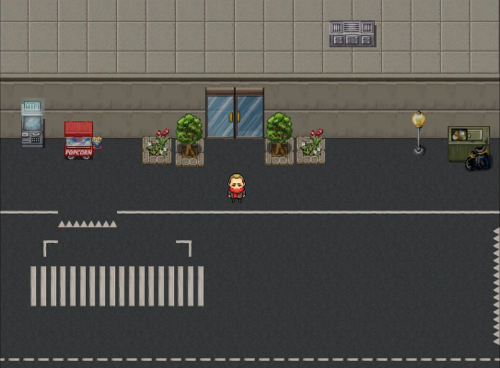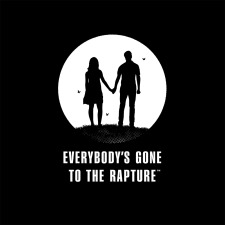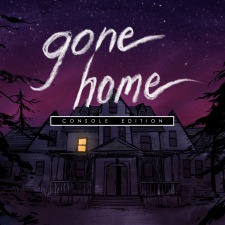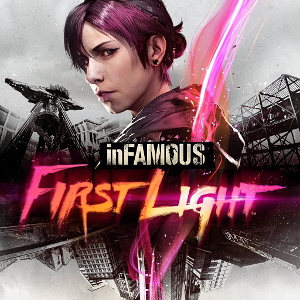 Developer: WZO Games Inc
Developer: WZO Games Inc
First Release: 2013
Version Played: PlayStation Vita
Available: PS Store US | PS Store UK | Steam
Evan Winter is depressed. Nothing has any meaning anymore, but he gets up for work anyway.
This game is about depression and suicide, based on the game developer’s own experiences. It’s mainly told through text transcripts. These can include imaginary therapist conversations or chat show appearances. Between these sections there are pixel art locations which Evan can explore, uncovering more comments about his life.
There aren’t any happy endings here. Evan has internalised a lot of bad things about himself, and nothing that happens causes any change in that. He hates himself because he’s fat and sees that as a reason why no one will love him. He feels alone and as though his life is worthless. He does things like watch porn (not shown in the game) and play games to take his mind off things, then hates himself for it.
Evan has a lot of prejudices and is highly judgemental of the people around him. He doesn’t believe he has privilege as a white man, as his life is hard and he doesn’t feel part of a community. At the same time, he shows some awareness of the issues faced by others, such as realising his workplace is very white and discriminates against talented non-white people. There’s also a woman with a chronic illness, who he almost manages to empathise with, but not quite. In the end, it doesn’t feel to me as though the game world reinforces Evan’s view as being correct. It’s more that he has a narrow perspective and he doesn’t see much beyond himself. Though that doesn’t make it any less unpleasant to read for someone on the receiving end of some of his comments.

Image Caption: Evan, a small pixel art man wearing a red scarf, is standing outside an apartment building. The building has glass doors. Against the wall is an ATM, popcorn machine, lamppost, rubbish and trees/flowers. Ahead is the road with a streetcar stop.
As a study in depression, this game does a good job. Evan’s thoughts of worthlessness go round in endless cycles. He constantly thinks about jumping off the roof. When the destinations in the lift pop up, the option for the roof is always there. It’s clear from the start that things aren’t going to get better. Evan has no support network to notice or care that things are falling apart.
This is one of those games that could be exactly what some people need. Seeing someone else facing similar issues can help people. For others, it may be too much, particularly the frequent suicidal thoughts and lack of hope. There is also a message from the creator encouraging young people not to kill themselves, but at the same time, suggesting once people get to their late twenties it’s hopeless.
The game lasts about an hour and doesn’t have a lot of interactivity. It plays more like a short story with brief game interludes. I found it somewhat interesting, but it’s not something I’d want to replay. I always felt a certain distance from Evan because of his level of privilege. I’d never be in his situation, not because it’d be impossible for me to be depressed, but because it’d play out very differently based on my other marginalisations.
 Developer: The Chinese Room
Developer: The Chinese Room
 Developer: The Fullbright Company
Developer: The Fullbright Company